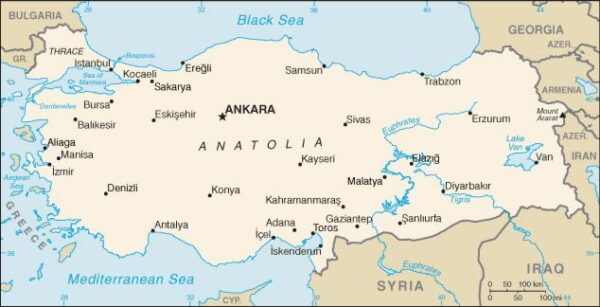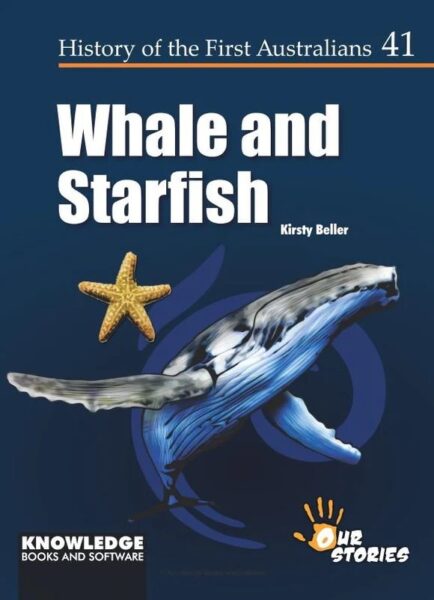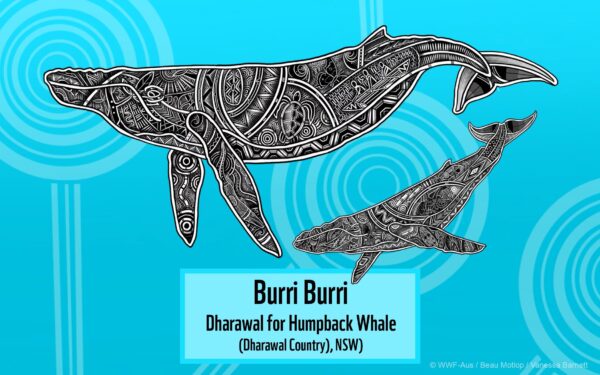This is normally the post where I’d look at the archaeological evidence of the arrival of the first or at least early humans in the area. However, in this case, a combination of factors make that too difficult an undertaking. First, Australia is under studied in this regard but the second, and probably more important reason is the relationship between Australia’s First People and Country – be it those first settlers at Madjedbebe in Arnhem Land or their fellow travelers and descendants who populated the continent.
Humans in the northern hemisphere exploited their environment in ways that created a history for archaeologists to follow. The Stone Age shifted to the Bronze Age. The Bronze Age ended with the onset of the Iron Age, and so on.
Between 10,000 and 8,000 years Before Present (BP), early Asians were mining copper in Anatolia

[From E2f.com]
and the practice slowly spread to the Indian subcontinent reaching theretoward the end of that time period. There’s also evidence that Native Americans had begun mining copper in Michigan’s upper peninsula about 7000 years BP. Conversely, there’s no evidence that the Indigenous Australians, despite inhabiting resource rich spaces in this regard, were mining or processing metals before the arrival of European settlers. They did have a sophisticated process for using stone based tools using various types of stone including silcrete, chert, quartz, and quartzite.
The reason for this may be simply that the stone based tools were sufficient given the demands of the Australian environment and the isolation of Aboriginal culture from the rest of the world. (While one could say that each language group in Australia

has its own culture, there is broad connective tissue of general similarity in the world view among all the Indigenous People of Australia. This general cohesion worked in tandem with their relative isolation. The same can’t be said across Eurasia.) But I’ve come to believe that the reason runs deeper than this.
Mining is a process of extraction and exploitation of the Earth’s resources and I think two major factors played a role in prompting its development. One is that many of the religions in this part of the world instructed and encouraged people to have dominion over the Earth. The second stimulus for this sort of advancement in human culture was that conflicts and wars motivated by territorial and resource acquisition were commonplace throughout Eurasia.
Conversely, the lives of the First People of Australia were and are governed by the Dreaming and the concept of everywhen. Because creation is ongoing, because the ancestral beings that created the land are always present, and because these ancestral beings integrated the laws governing human behavior within their creation, the Indigenous relationship with land and resources was geared more toward preservation than dominion. As a species we’re inclined to preserve what we respect and exploit what we control.
In one of the early posts about Sydney I noted that, before the Europeans reached their shores, 29 different Indigenous groups populated the region but they have generally been accreted into a single group called Eora. The story I’m about to retell comes from the D’harawal People one of the groups within the Eora. It’s colloquially called the Whale Dreaming. More properly it might be called
Goon na ghun and Wondangar
or
Starfish and Whale and how the D’harawal People came to Illawarra.

[From Knowledge Books and Software]
The story begins in a land called Ngarawan. This was the original home of the D’harawal People and it was far across the ocean. A drought prompted them to decide to seek a new place to live. A giant of a man named Burri Burri also lived in that country. He had a giant canoe that could hold all the D’harawal People and survive through any ocean storm.¬† However, when the people asked him, the greedy Burri Burri wouldn’t share his canoe.
Two smaller men named Kooala and Junagen hatched a plan to trick Burri Burri. Kooala told Junagen to put Burri Burri to sleep and then he could get everyone into the canoe and paddle to a new land. Junagen was able to trick Burri Burri into sleeping while he pretended to pick lice off his back. After some time, Burri Burri woke up and realized he’d been tricked and his canoe was missing.
He began to fight with Junagen¬† who picked up a stick and poked a hole in the back of Burri Burri’s neck but the giant man was too strong. He picked up Junagen and threw him against the rocks splattering him. But Junagen’s pieces drifted down off the rocks toward the bottom of the ocean where they came together in the form of a starfish.
Blowing water and blood from the hole in his neck, Burri Burri jumped in the ocean and began swimming after his canoe. He chased them for days with Kooala paddling more and more furiously. As he paddled harder and faster, Kooala grew big strong arms, big ears and sprouted fur all over his body. Burri Burri also began to change. He grew large fins and a tail.
Eventually, Kooala spotted land and rowed ever faster until he reached it. The people all jumped out and turned the canoe upside down so Burri Burri wouldn’t recognize it. Koala was so tired he climbed up into a tree and fell asleep and that’s where you’ll find him to this day. Now, every year if you look out to the sea, you can see Burri Burri swimming up and down the coastline looking for his canoe with water still spouting from the hole in his neck made by Junagen.

[Indigenous humpback whale art (square format) from Jirrbal, Wagedoegam, Ngapuhi & Scottish artist Beau Pennefather-Motlop. Copyright WWF-Australia / Beau Pennefather Motlop]
(Note: In some versions of this Dreaming story, a brolga (Australian Crane) punches a hole in the canoe that then sinks and becomes Gun-man-gang or Windang Island.)
You can find this and several other Dreaming Stories at the website of the Coomaditchie Aboriginal Corporation.
For those following the blog sequentially, we’ll return to my trip to Australia in the next post when I head off to Hobart.